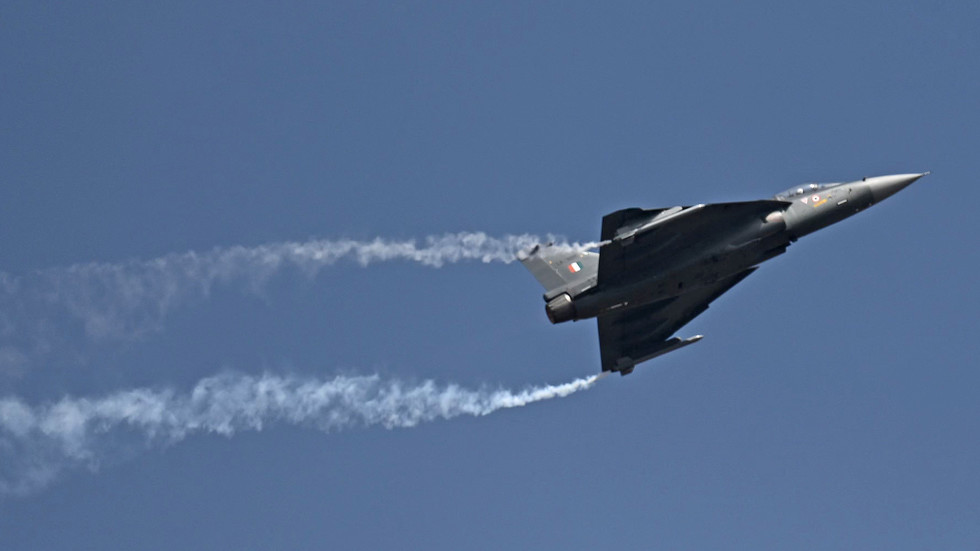Synopsis
The Indian Army has established a squadron for Apache attack helicopters at Jodhpur ahead of the delivery of six choppers from the US, with the first batch expected in May. The IAF has already inducted 22 Apaches, and the Army will receive six under separate deals. The Apaches, armed with advanced weaponry, are crucial for providing combat aviation cover for the Army's 'strike corps'. Additionally, plans are underway to induct 156 indigenous Prachand light combat helicopters in the future, further enhancing India's aerial capabilities.
In preparation for the delivery of six Apache attack helicopters from the US starting in May, the
Indian Army has established a squadron for these heavy-duty choppers at
Jodhpur along the western front with Pakistan. The squadron was raised in the presence of
Army Aviation’s director general
Lt-General Ajay Suri and other officials. According to an officer, the delivery, initially scheduled to begin in February, has been slightly delayed, with the first three Apaches now expected in May.
“The delivery was to commence from February, but it has been slightly delayed. The first three Apaches will now come in May,” an officer said in a TOI.
Progress in Apache Helicopter Acquisition
The
Indian Air Force (
IAF) has already inducted 22 Boeing-manufactured
Apache helicopters under a Rs 13,952 crore deal signed with the US in September 2015. The Army, under a separate Rs 5,691 crore deal inked in February 2020, will receive six choppers.
Capabilities of Apache Helicopters
The Apache helicopters, often referred to as "tanks in the air," are equipped with Stinger air-to-air missiles, Hellfire Longbow air-to-ground missiles, guns, and rockets. They are primarily intended to provide integrated combat aviation cover for the 'strike corps' of the Army.
Future Plans for Helicopter Induction
Both the
Army and the IAF are set to induct 156 indigenous Prachand light combat helicopters in the coming years. These helicopters are capable of offensive operations in high-altitude areas such as the Siachen Glacier and eastern Ladakh. Fifteen such choppers (10 IAF and 5 Army) have already been inducted under the first Rs 3,887 crore contract for them.
Special features of the Apache Helicopters
The Apache AH-64E is recognized as the world's most advanced combat helicopter, featuring an advanced night vision system and the capability to arm missiles that can strike 138 targets in a minute. With a maximum speed of 280 km/h, this helicopter is a formidable force in the sky.
Equipped with AGM 114 Hellfire anti-tank missiles and Stinger missiles, the Apache AH-64E is prepared to handle both ground and aerial threats. The Hellfire missiles are particularly effective against armored vehicles like tanks and BMPs, while the Stinger missiles are designed to neutralize airborne threats. Additionally, the helicopter is armed with Hydra-70 unguided missiles, which can effectively target ground-based threats.






